Inner Smile
Recently, I read a passage about the first flower that ever existed reaching towards the sky and blooming. Suddenly one day, the earth may have erupted into thousands of blossoming flowers each displaying vivid colors and spreading a sweet fragrance. The earth would know colors captured in a lively stillness difficult for us to imagine. There were no cameras back then, or people (that we know of). I like to think that in its own way, the creative spirit found a way to capture colors and fragrance as if in a photograph for itself. The creative spirit in humans loves to do the same–capture a feeling through colors, shapes, and anything else available to us. Like a flower, that which we create does not last forever, but the creative spirit continues to move us to create and express itself again and again.
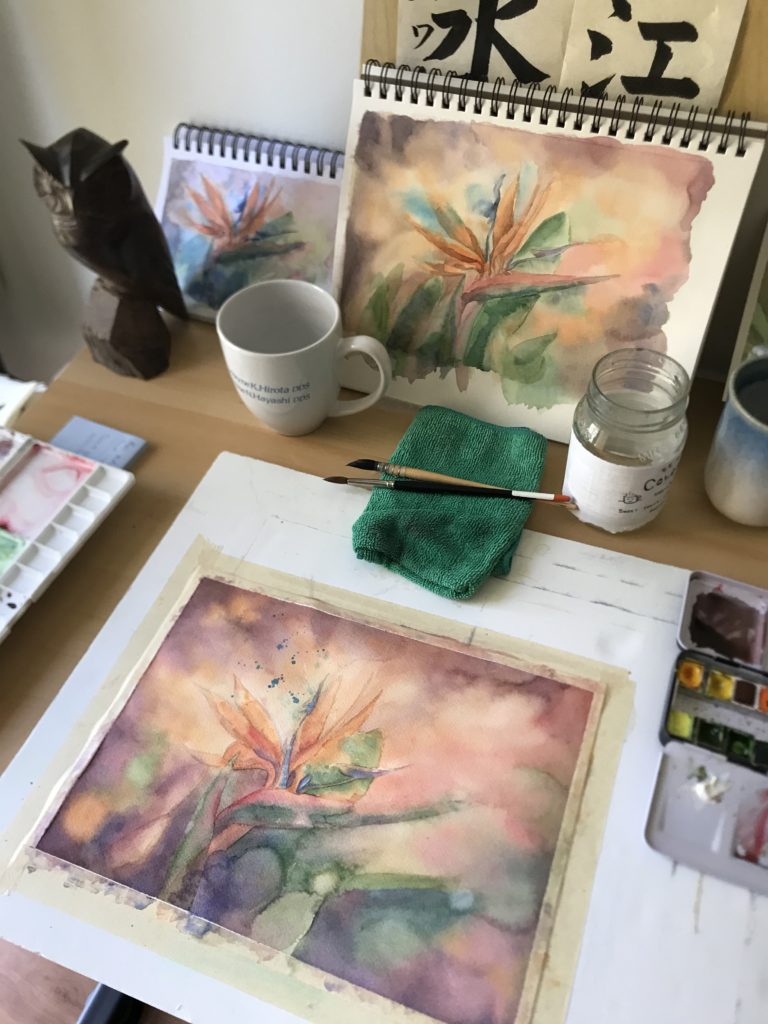
I am learning very gradually what kind of power I have–all of us have. There is a very elementary state of mind that sees a flower and then smiles at its beauty. The mind is used to being stimulated by the outside. When you are born with a blueprint like mine, however, I don’t just want to see a flower and smile, I want to (need to??) create flowers that no one has seen before. It’s as if there are flowers inside of me (or that come through me??) that I myself am blind to, but I just KNOW they are there and it’s my duty to bring them into our lives. Not just flowers, but other forms, colors and nuances.. anything I can learn to manipulate in order to elicit very specific positive feelings in others.
If you can relate in your own way to the feeling of wanting to create the flowers, then you must also see how this elementary state of mind–alone– is not really sufficient for a life of creation. If I can only smile when something MAKES me smile, then I’m living a life largely dependent on everyone and everything else around me being uplifting, beautiful, and kind.
Wait though..
..that doesn’t sound like power.
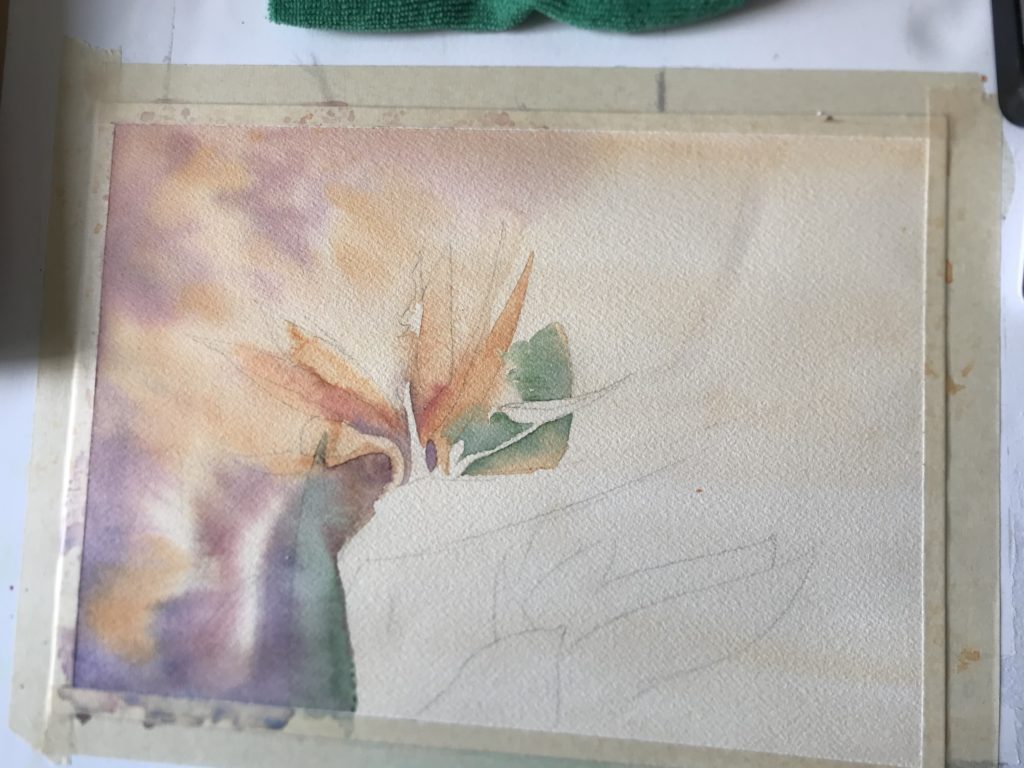
That would mean I’d be limited to feeling good only when looking at a completed painting. (Or completed house renovation, or successful review of a completed work project, or validation from others that we are a good parent, partner, or human being.) ..that I can only feel good around other people who feel good.

The big puzzle –or practice as I like to think of it– is learning how to smile at a blank canvas and each unfinished step along the way.. even during missteps, accidents, and the occasional inner conflict.
I’ve seen the word “alchemy” all over the place these days. For many of us at this moment in our lives, we are facing the task of inner alchemy– to learn what kind of power we truly have over our selves, lives and realities. One transformative concept I continue to practice in my life both on canvas and off is: acceptance.
Acceptance–like forgiveness–isn’t about condoning the behavior and choices of others, it is about detaching your energy and emotion from that which you have no control over.. in other words, it’s about letting go of resistance to what is. Spending energy and attention on that which you do not have control over, usually doesn’t suddenly wield you control later on. We all know this from experience. The subtle emotion may differ and result in different word choices like “worrying” or “anger,” but energetically speaking, what we are doing–spending energy and attention on that which we do not have control over– is generally the same.
So then, HOW do we learn to summon an inner smile without it being a reaction to outside stimulus?
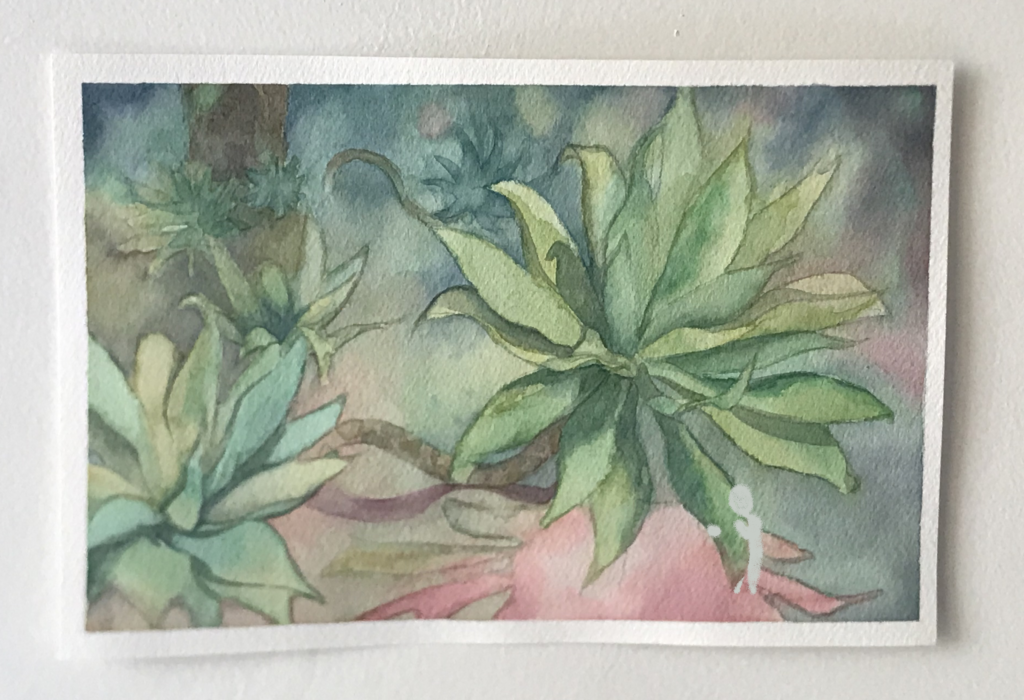
I’ve read that we don’t “create” love or peace, that they are states of being. We don’t create these states of being, we learn to access them. If this is the case, then maybe we can seek to summon an inner smile in the same way.
Every human is different so the way to make space for an inner smile likely is not the same for everyone. One human tool I can think of to help with this, is learning to use our memories so that they serve us.
When were you the most at peace with yourself, and surroundings?
When have you experienced the deepest sense of well-being?
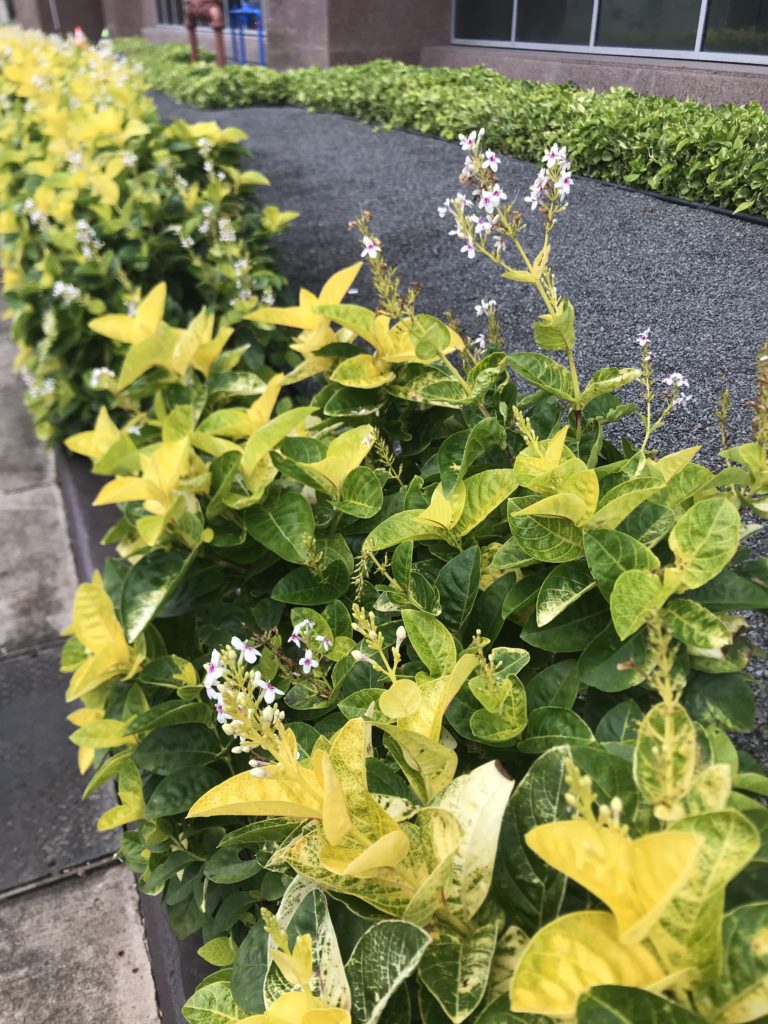
Ultimately, what I’m calling an inner smile, is a feeling like peace and well-being. We can practice isolating the inner smile, and reprogramming ourselves to see how EVERY human “deserves” to experience the inner smile, and that THAT is truly what feeds the energetic aspects of us just as food feeds our physical bodies.
My answers to the above questions, surprisingly, had nothing to do with painting. The deepest feeling of peace and well-being I’ve ever felt was when I was practicing stillness and acceptance. I had sat alone and did not ask anything of myself. This experience has since become my personal reference point for growing compassion towards others. There is nothing anyone MUST do to deserve to feel that deep peace and well-being. It felt like an inner “home” that I imagine we all have. You don’t create it, or will it into being, or think it into existence. It’s already there.
We DO, however, need to be careful about what beliefs we carry around with us. Beliefs become the mental roads available to us. If they are too narrow and rigid, or deny us access to the tools we need to progress in life, then they can sabotage our good intentions and block us from accessing important states of being. It’s a touchy subject, but I’m going to go there briefly: Love.
In a collective society, a human is taught to “show” love, and naturally, it can become a cultural practice where we have to do certain things to “prove” our love. We’ve made love relational– existing only between certain people. We’ve made it reserved for only those of us who can behave accordingly; often it is only to be exchanged by people of similar proficiency in it. Humans have–as they seem to do best– made sure that love is NOT for everyone. Like a currency, we can even choose to retract love or funnel it elsewhere simply by choosing different behaviors and attitudes. The word “love” now implies far more complexity and intelligence than is even possible for all humans to grasp and definitely leaves love out of reach for other lesser intelligent forms of life in nature.
My point is: Perhaps it’s actually us humans who have over complicated love.
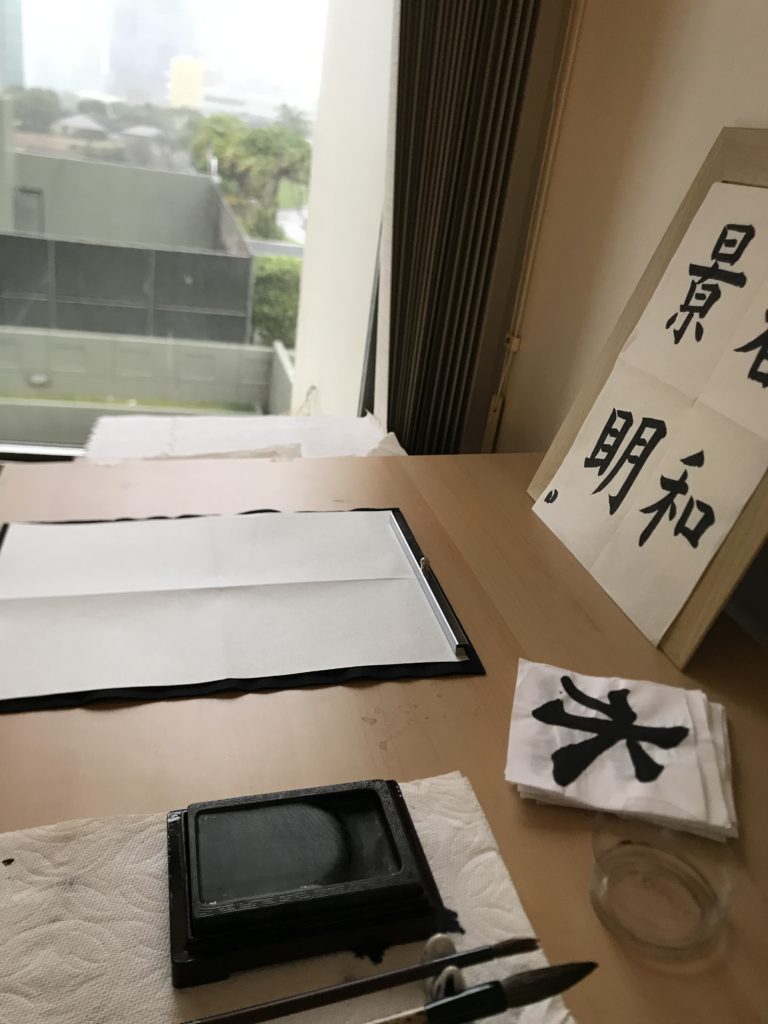
So, for a moment, let’s strip love of its letters, in fact, let’s start a fresh new slate all together. Any beauty, fuzzy warm feeling, inspiring happening, or generic positive feeling–all of it–let’s call an “inner smile.” And when we smile so big on the inside, naturally, it finds its way to reflect on our outer body in the form of a smile on our face. (Not a forced one, but the kind of smile that happens when we are all alone immersed in pleasantries).
Learning to reserve a space for that feeling inside is a prerequisite to calling on it at will. I don’t have all the answers, but what I sense is that the way to reserve a space for that feeling inside is to practice acceptance regularly. I’ve mentioned in previous writings how watercolor painting has very much become a kind of meditation for me. The meaning or purpose of meditation may not be something everyone can agree on, however, you could also call it “compassion practice” or “self-observation without judgment,” or “being in the moment.” The main key thing is to suspend judgments of a criticizing nature.

Resistance creates tension in the body, so another way to practice acceptance is to work backwards from the pain and tension in the body. Spend some time listening to your body to find the points of tension and then gently stretch them out. As your tension loosens, just pay attention to how much better you feel. Don’t ask anything more of yourself. Relearn what feeling better feels like.
It sounds silly to say that, but I think it is something a lot of people are out of touch with. Many cultures encourage hard work and sacrifice without realizing just how deeply some people take the message. Another message of recent times is to be optimal, productive, and efficient. None of these messages encourage the kind of stillness, mindfulness, and patience required to cultivate a healthy and happy aligned heart and mind. There is a balance and unity that humans have with Nature that is not being emphasized.
All we have to do is look around at nature to see so much beauty and awe. Flowers are our ancestors. Their lives are so effortless and yet they bring so much joy. Because we are creative beings, we should look deeper than simply what the world shows us in order to access our power.
So what power do we have? Perhaps about as much power as a flower.
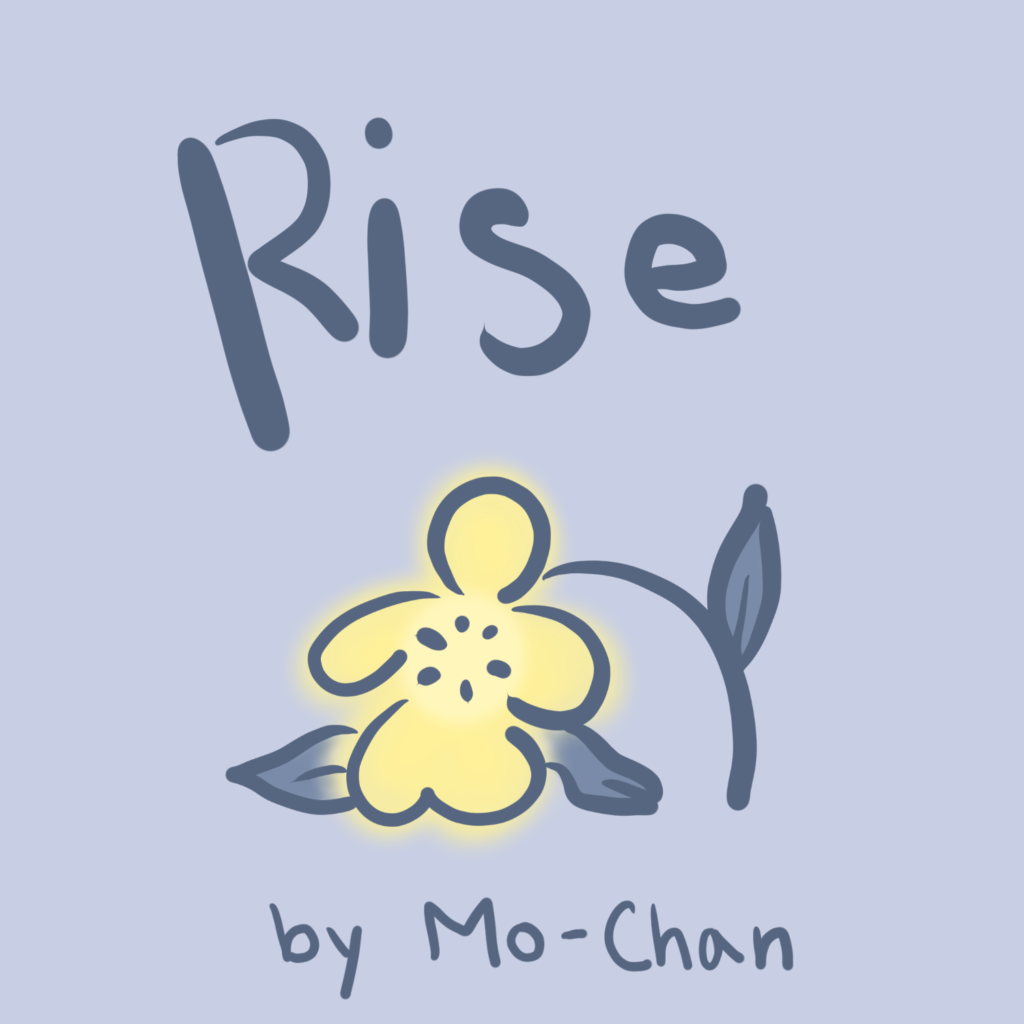
A vivid green sprout blooming through the cracks of a thick cement wall..
A single pink blossom daring to open in the morning sun on a bloodied battlefield..
A lotus with unfolding petals untouched by the thick mud from which it has risen above..
We can embody the wisdom of a flower that does not wilt itself to mirror an onlooker’s feelings, but remains radiant and, therefore, uplifts naturally. If this reality and this life is actually not about what you see, but what you CAN see and come to know looking inward, then each of us has all the power we will ever need.
It is easiest to know love by others showing it to us. But even when they don’t, love is there. It does not belong to anyone, it is a life pulse.. an intelligent one that passes through us when we create the inner space for it. It was there back when the first bud bloomed–like a smile dressed in form, color and scent–and it is still here finding its way through each of us as we learn how to smile from the inside.












